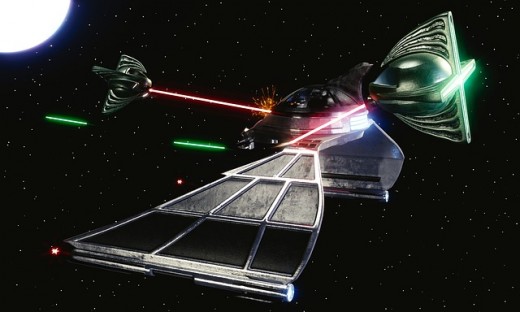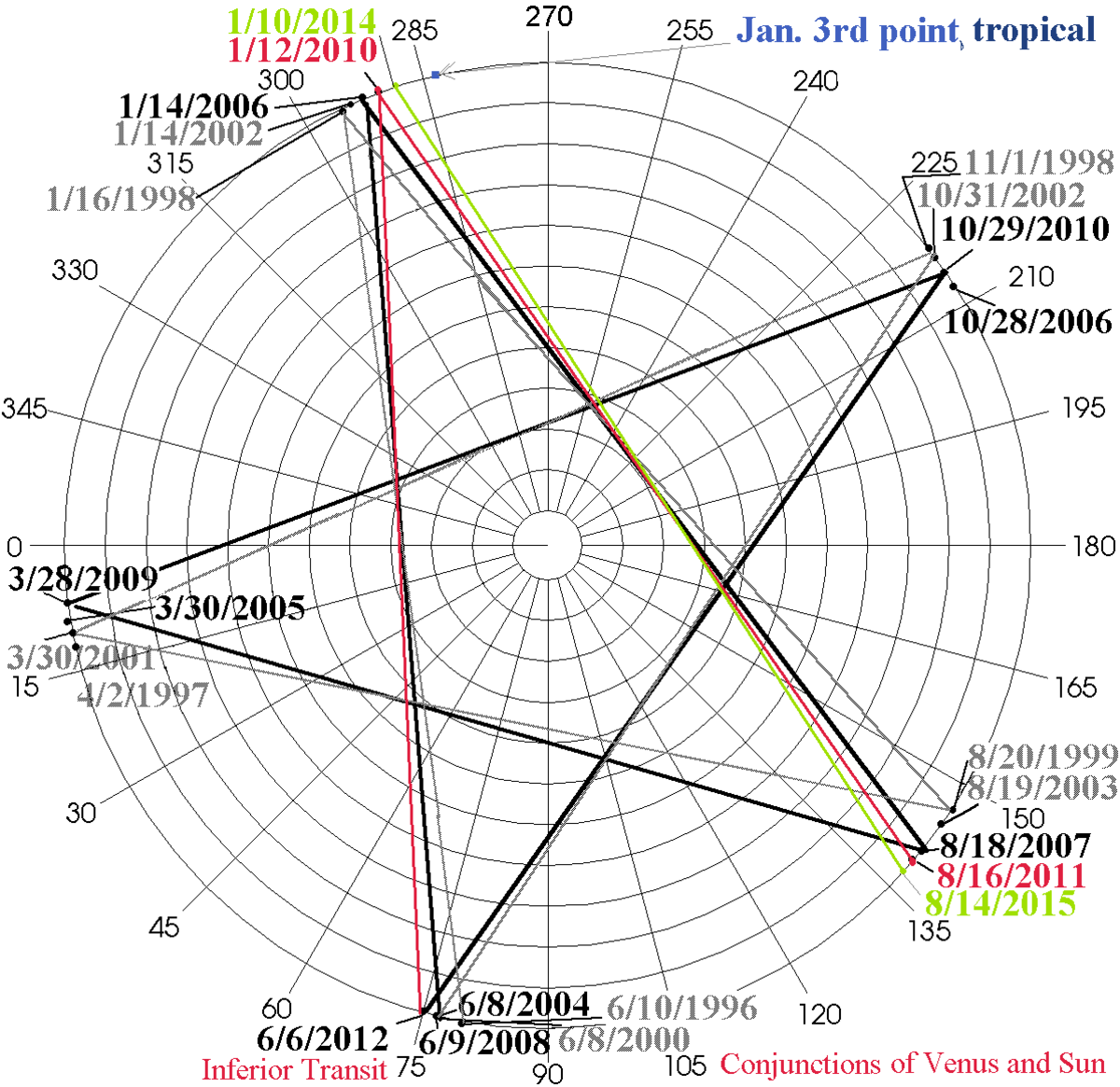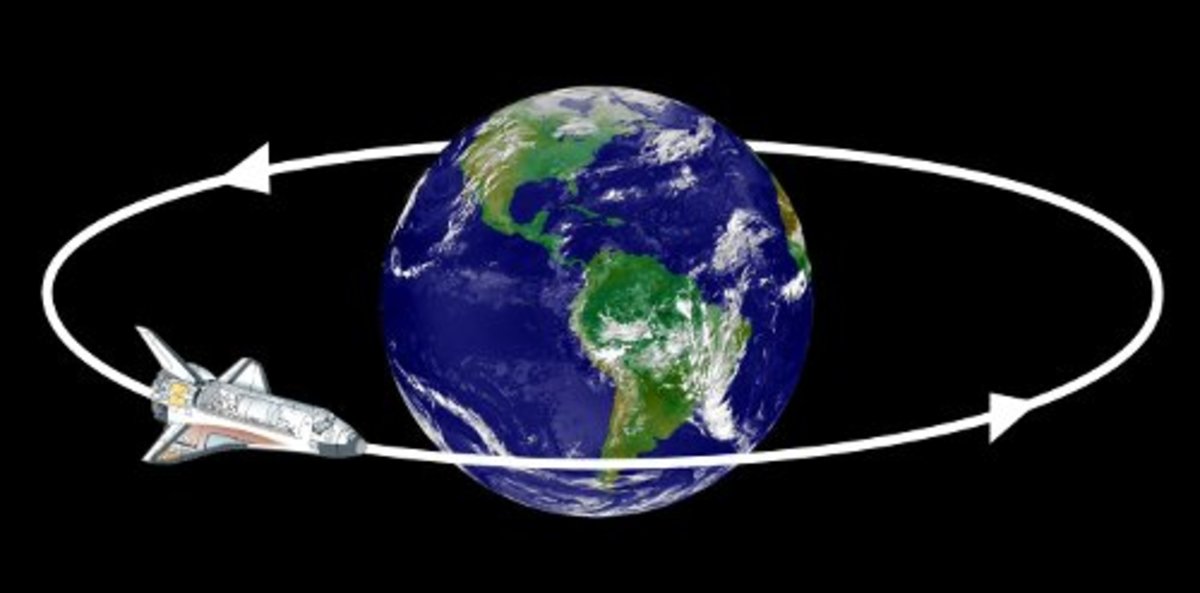What Space Combat Will Look Like in the Near Future
Space Combat Will Look Nothing Like the Movies

When we think of space combat in our favorite movies and video games we have the luxury of ignoring physics. Perhaps with future technology, a half dozen decades from now, we might see something a little more sci-fi-ish. For now we are stuck with a very different type of combat. So what would today's space combat look like?
The analogy I will start off with is calvary. Imagine two arrangements of calvary running towards each other at a high rate of speed, although, these calvary units throw their lances at the enemy as they pass by. After the engagement the units will continue to move forward until eventually they run around the planet to reengage again on the other side at a very high rate of speed. This will occur continuously until one group of combatants loses or retreats into a different orbit.
Weapons and Tactics

There will be no place to hide in orbit. Stealth in space wont exist. It will be too difficult to hide your heat signature in the vacuum of space. One tactic would be to reduce your heat signature after maneuvering your ship, but any glimpse of your path will be solved by math. Once something is moving in space its orbit can be calculated and your enemy will know where you are going to be. Even today we can still spot Voyager which is currently outside our solar system. The best stealth possible would be hiding something inside your main ship like an aircraft carrier. If we open our scale to something the size of the solar system then we have more places to hide behind, but in orbit there is no place to hide. This effectively reduces one of the greatest tactics in combat, surprise.
Communication will be precise and algorithms will play a large role. In a sense a battle could be won by whoever has the better computers. Computers will have to work quickly to track objects and fire where those objects are going to be in orbit. Ships will have to be able to defend and attack from any direction quickly.
Maneuvering will consist of moving to higher or lower orbits. In orbit there is no easy place to retreat to unless one returns to the celestial body it's fighting over or flings itself off into space. Ships will have to change orbit constantly. After every engagement a field of debris will form filled with casualties of the last engagement. The speed of the debris alone could be enough to be a weapon.
Battles will be fought similarly when both combatants are orbiting in the same direction or a different direction, as long as, a ship can either change the direction it is facing or has weapons and defenses on all sides. This will most likely be a standard fixture in all space combat vehicles.
The types of Weaponry deployed in space will need to be efficient. Explosions will not have the same effect or fuel source in space as they do on Earth. Although explosive mines or torpedos may have some ability in combat, I think the focus will be on rail guns and lasers. Lasers may come in the form of smaller ships that sync up with large enemy ships burning holes in weaker sensitive areas of the enemy vehicles. The speed at which combatants will pass each other in space may make lasers difficult to use in some situations. Some ships may use lasers as a counter to repel approaching ships or torpedos. Rail guns offer the perfect mix of precision and efficiency. Fired without the use of any explosives it may also provide the safest way to engage the enemy.
Armor will be important as well. Armor can provide defense against some of the smaller debris, but essentially a well placed shot in space will probably be a one shot kill on most ship types. Armored and larger ships will be able to sustain more hits, but will have a more difficult time changing orbits due to their massive weight.
Cleaning and Maintenance of the battlefield will be a requirement for long term space colonization. After every battle there will be debris in the orbit where the combat occurred. Missed projectiles may temporarily still float around. Destroyed ships will continue their trajectory at a high rate of speed waiting to strike other objects in its path.
The International Space Station orbits the Earth approximately every 90 minutes. If two opposing militaries orbited at the same speed and altitude in opposite paths they would engage each other every 45 minutes. This would lead to very fast paced combat followed by a more modest period of time to check your status and attempt to maneuver to a new orbit. Communication for fleets would have to be precise as several ships all may need to maneuver together at the same time. Ships at different orbits may fly by firing broadsides of kinetic weapons into the Orbital Paths of each other.
Links
- How fast does the Space Station travel? | Cool Cosmos
- Rail Gun Basics - How Rail Guns Work | HowStuffWorks
Rail Gun Basics - Rail guns leave gunpowder-based weapons in the dust (one can hit a target 250 miles away in six minutes).. - Space Debris and Human Spacecraft | NASA
More than 500,000 pieces of debris, or “space junk,” are tracked as they orbit the Earth.
A Space Combat Story

A History of Conflict
Space is the next frontier and unfortunately our lust for war and control wont stop outside our atmosphere. New resources, such as Helium 3, may provide great value, and things in the past with great value tended to lead to great conflict.
To go back to the initial calvary analogy. One group of space combatants could be orbiting the Earth near the equator. The second group drops in and orbits in the opposite direction. The combatants meet up firing kinetic projectiles at each other striking several ships. Smaller ships chase in the same direction as their opponents attempt to burn holes into the larger battleships. Both combatants change orbits to avoid the debris field created. An agonizing 45 minutes goes by while waiting for the next exchange only this time there will be more distance between them as one combatant went to a slightly higher orbit while the other dropped into a lower orbit. They now fire broadsides of projectiles and pass each other within seconds to wait another agonizing 45 minutes. In that time they will need to change orbit again to avoid potential hazards from the last set of casualties. Even changing your orbit to a different direction will still allow the enemy to fire into your orbital path never giving you an option to fully retreat. This will continue until one of the combatants returns to Earth or one leaves the orbit entirely to move onto another celestial body.
When I speak of near future combat I think of the moon and Earth. There are several private space exploration companies outside of our governments. There are also several companies looking into mining the moon. Space is the next frontier and unfortunately our lust for war and control wont stop outside our atmosphere. New resources, such as Helium 3, may provide great value, and things in the past with great value tended to lead to great conflict. The battle above is how I envision one scenario of combat to be played out in space.








